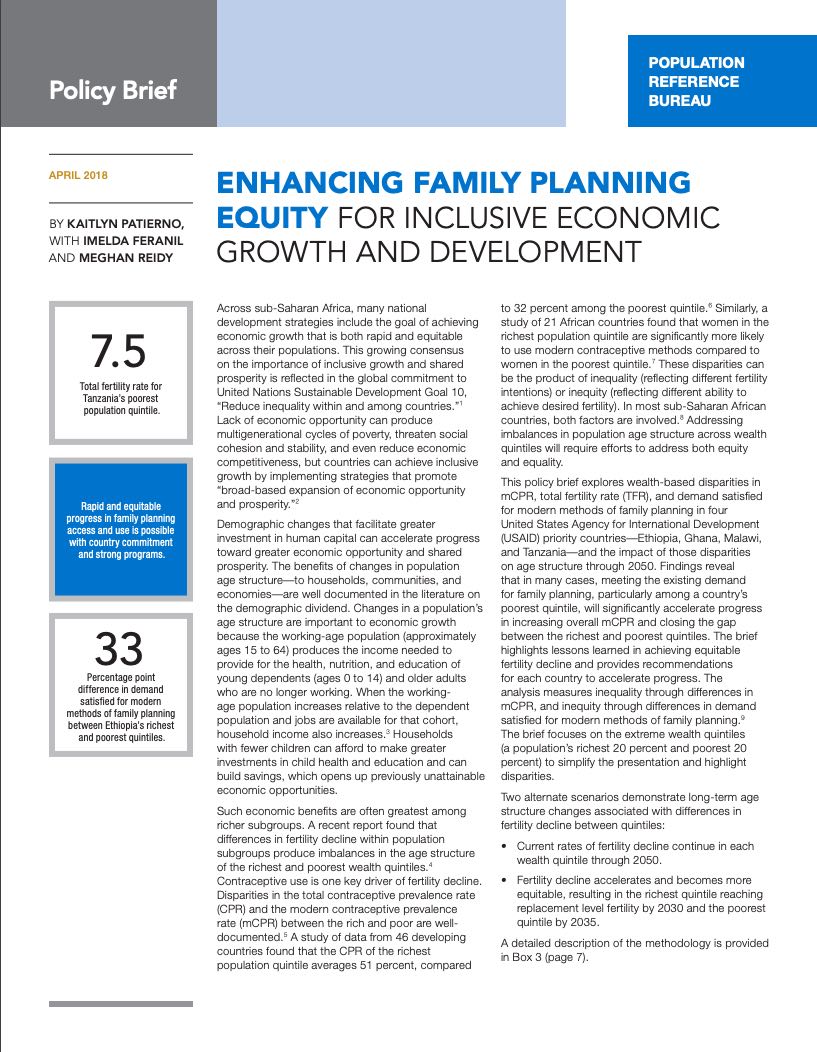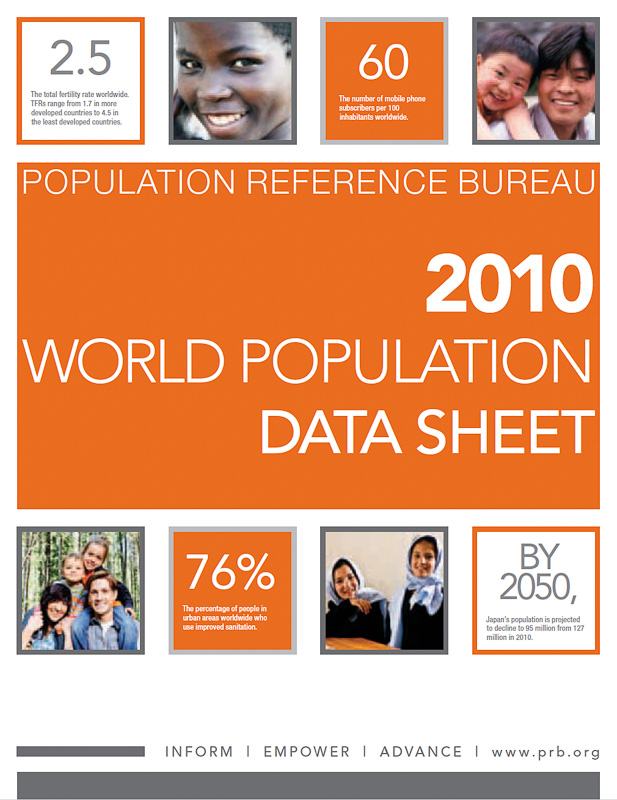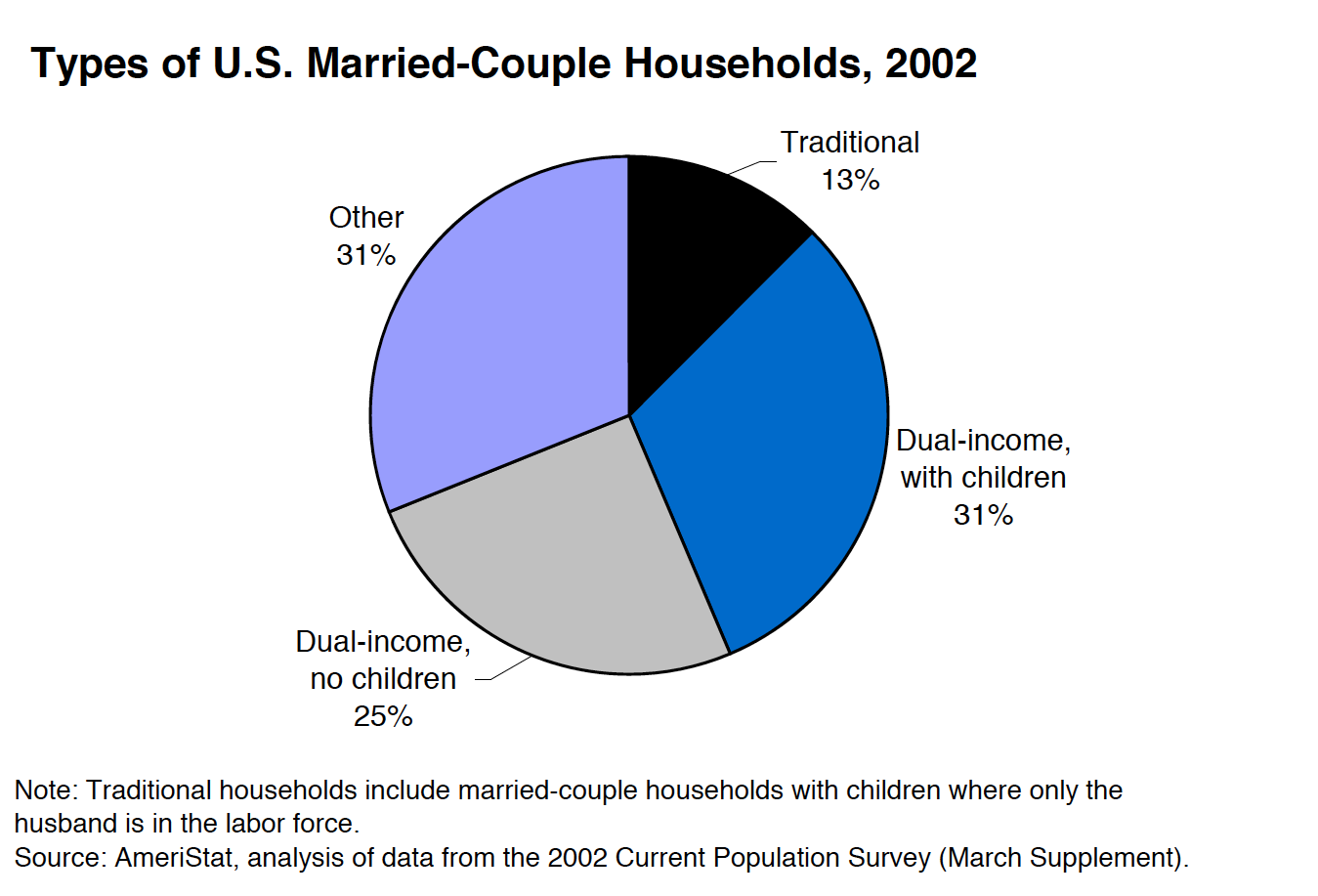L’urbanisation: une force environnementale incontournable
(Avril 2004) Les êtres humains sont devenus une force environnementale d'importance croissante ces dernières 10 000 années.
(Avril 2004) Les êtres humains sont devenus une force environnementale d'importance croissante ces dernières 10 000 années.
Project: PACE: Policy, Advocacy, and Communication Enhanced for Population and Reproductive Health
This report explores how family planning could and should play a much larger role in Africa’s future through strengthening global competitiveness, advancing equitable growth, and building resilience against natural and manmade stressors and shocks.
Project: PACE: Policy, Advocacy, and Communication Enhanced for Population and Reproductive Health
This infographic shows how family planning contributes to national development by fostering strong institutions and global competitiveness.

Project: PACE: Policy, Advocacy, and Communication Enhanced for Population and Reproductive Health
Across sub-Saharan Africa, national development strategies have established the goal of achieving economic growth that is both rapid and equitable across a population.

Project: PACE: Policy, Advocacy, and Communication Enhanced for Population and Reproductive Health
As sub-Saharan African countries strive to grow their economies, it is critical that they consider their age structures—or more particularly, the age structures of their richest and poorest populations, which are determined largely by fertility rates.

While southern states are regarded as retirement magnets, eight of the 10 states with the highest percentages of older residents are not in the South. What’s driving these regional patterns?

Project: Demography and Economics of Aging and Alzheimer’s Disease
Neighborhood characteristics affect people of all ages, but older adults—classified here as adults over age 50—may be affected more than other groups.

Many countries are facing a shrinking pool of their working-age populations, often considered to be ages 15 to 64, to support the population ages 65+, jeopardizing pension guarantees and long-term health care programs for the elderly.

(2003) Images of the traditional family still dominate our televisions and magazines, but they do not represent how most Americans live.